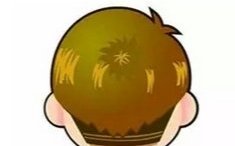
Click the blue text / Follow us
Exogenous fever in children is the most common symptom in pediatrics. Exogenous fever is a colloquial term in Traditional Chinese Medicine (TCM), often seen in children suffering from colds, including upper respiratory infections, bronchitis, etc. Some children may also experience exogenous fever due to the invasion of epidemic pathogens, such as hand-foot-mouth disease, herpetic pharyngitis, and chickenpox.
1. Causes of Exogenous Fever
In TCM, the causes of exogenous fever are classified into wind-cold, wind-heat, and epidemic pathogens;
1. The fever syndrome caused by wind-cold primarily presents as mild to moderate fever, accompanied by nasal congestion, clear nasal discharge, throat itching (or not), no throat pain, and mild or absent cough. In infants and young children, wind-cold fever may also present with high fever.
2. The fever syndrome caused by wind-heat primarily presents as moderate to severe fever, possibly accompanied by nasal congestion, purulent or turbid nasal discharge, red throat, and swollen tonsils with pus. Cough may also be present.
3. The fever syndrome caused by epidemic pathogens primarily presents as mild to moderate fever or high fever, along with related typical signs, such as in hand-foot-mouth disease, herpetic pharyngitis, chickenpox, and mumps.
2. Treatment Principles of Exogenous Fever in TCM
Distinguish between cold and heat, and treat accordingly.
1. If caused by wind-cold, disperse wind-cold, relieve the exterior, and reduce fever. Herbs such as Jing Jie (Schizonepeta), Su Ye (Perilla Leaf), and Fang Feng (Siler) can be used, with formulas like Jing Fang Bai Du San (Jing Fang Decoction to Overcome Pathogenic Factors).
2. If caused by wind-heat, disperse heat, relieve the exterior, and reduce fever. Herbs such as Ju Hua (Chrysanthemum), Jin Yin Hua (Honeysuckle), and Bo He (Peppermint) can be used, with formulas like Yin Qiao San (Yin Qiao Powder).
3. If caused by epidemic pathogens, clear heat and detoxify, relieve the exterior and clear the interior.
Children’s fever needs timely management; in the early stages, most cases are due to wind-cold invasion. Early differentiation and medication are crucial; otherwise, the pathogen may enter the interior, worsening the condition. Caution should be exercised when using heat-clearing and detoxifying Chinese herbs or patent medicines in the early stages. During high fever, ibuprofen or acetaminophen should be used promptly to prevent febrile seizures. The cause of the illness should be identified in a timely manner. Concurrent use of TCM can help reduce fever and accelerate recovery.
3. External Treatments in TCM
External treatments in TCM are simple, effective, and inexpensive, with no significant side effects, protecting the child’s constitution. Common external treatment methods include:
(1) Acupoint Application
By applying herbs that disperse and reduce fever to acupoints such as Dazhui (Du 14) and Yongquan (Kidney 1), the dual action of the herbs and acupoints achieves the effect of reducing fever and relieving the exterior.

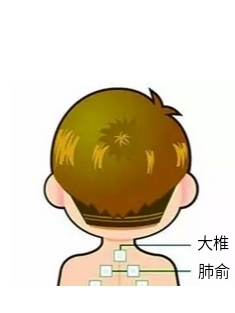

(2) Pediatric Tuina
Pediatric tuina involves acupoint pressing and massage to regulate the internal organs, unblock the meridians, harmonize qi and blood, and balance yin and yang to improve the child’s symptoms and achieve therapeutic goals.

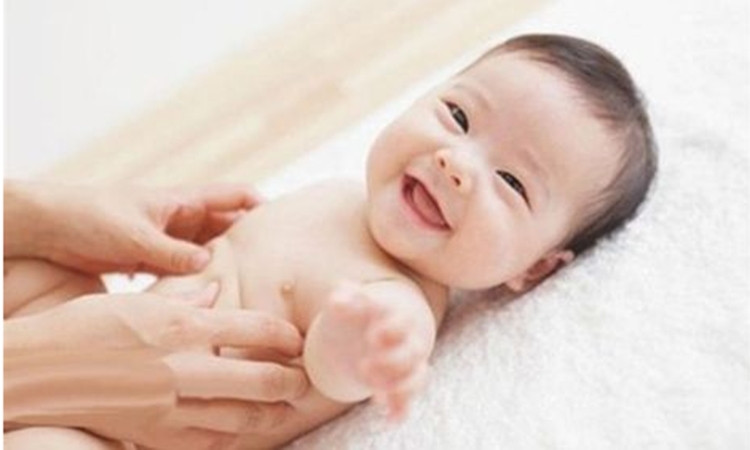

(3) Bloodletting Therapy
This method has effects of clearing heat, calming the mind, promoting circulation, dispelling pathogens, detoxifying, and draining pus. During the procedure, a gentle prick at the ear tip to release a small amount of dark red blood is sufficient, providing an outlet for the pathogenic heat, helping to balance qi and blood, and improving circulation. Generally, one bloodletting session is sufficient; if it is an acute condition, it can be repeated every other day, with most cases improving after 1-2 sessions. This method is effective for high fever caused by purulent tonsillitis.

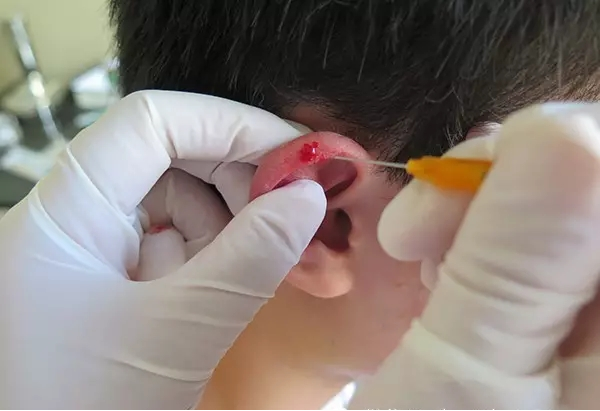

(4) Foot Bath for Fever Reduction
By bathing the feet, local or systemic blood circulation and lymphatic circulation can be improved, meridians can be unblocked, and nerve function can be regulated, promoting metabolism. Generally, based on the type of fever, appropriate herbs are selected, decocted, and used for foot baths. The water temperature should be tolerable for the child, with each session lasting 15-20 minutes, until slight sweating occurs on the head, face, and back, while simultaneously massaging the soles of the feet.

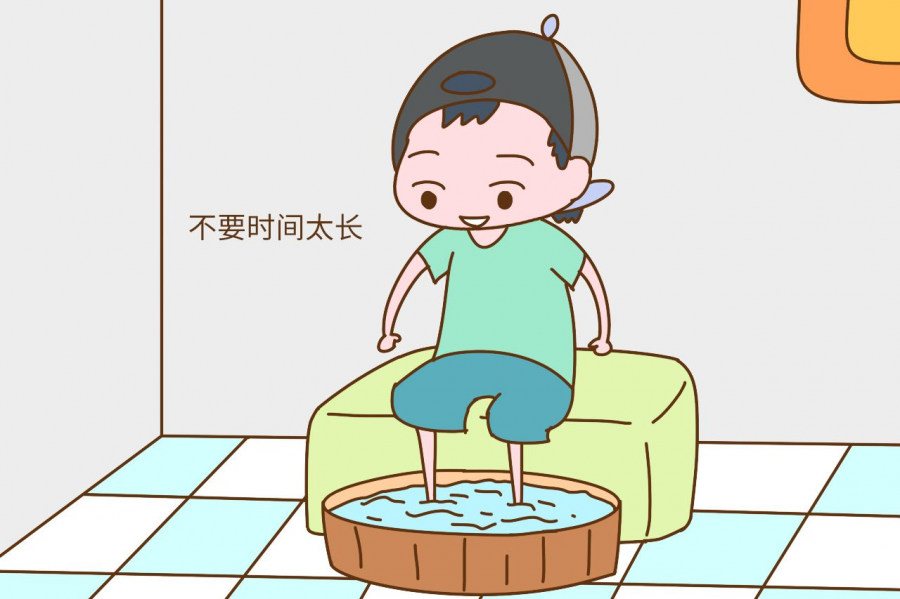

(5) Chinese Herbal Bath
Based on the cause and severity of the child’s fever, using TCM differentiation and treatment principles, select herbs that induce sweating, relieve the exterior, and dispel pathogens for herbal baths. Herbal baths are an important method for preventing and treating exogenous fever, which can shorten the course of the illness and accelerate recovery. The water temperature should be maintained at 38°C-39°C, with each session lasting 5-10 minutes. Herbal baths can be used immediately for children with colds and fevers, once daily, ensuring the body temperature remains below 39°C. During high fever, due to the immature development of the child’s temperature regulation center, it is important to prevent febrile seizures.
Written by Xie Lanxing | Edited by the Children’s Health Department

